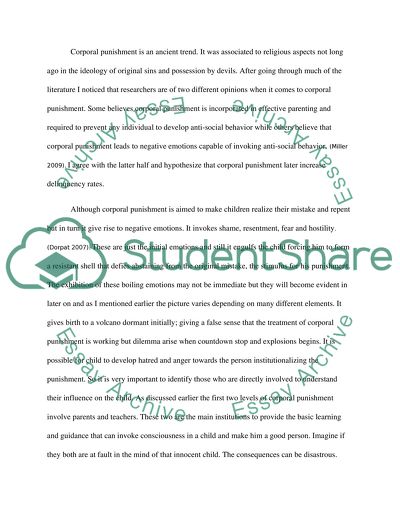Cite this document
(“Effect of corporal punishment on later delinquency rate Dissertation”, n.d.)
Retrieved from https://studentshare.org/law/1395454-effect-of-corporal-punishment-on-later-delinquency-rate
Retrieved from https://studentshare.org/law/1395454-effect-of-corporal-punishment-on-later-delinquency-rate
(Effect of Corporal Punishment on Later Delinquency Rate Dissertation)
https://studentshare.org/law/1395454-effect-of-corporal-punishment-on-later-delinquency-rate.
https://studentshare.org/law/1395454-effect-of-corporal-punishment-on-later-delinquency-rate.
“Effect of Corporal Punishment on Later Delinquency Rate Dissertation”, n.d. https://studentshare.org/law/1395454-effect-of-corporal-punishment-on-later-delinquency-rate.


